Visita al Palacio Barolo
En la Capital Federal de la Argentina existen muchos edificios antiguos, llenos del esplendor y la belleza de diversos estilos de arquitectura entre la que se destaca el estilo denominado academicista.
En los albores del siglo XX la Argentina era el país de Latinoamérica con mayor desarrollo y aquí venían a construir arquitectos de toda Europa, italianos, franceses, españoles, ingleses, todos podían desarrollar sus conocimientos de diseño a cambio de una remuneración apreciable.
Entre tantas construcciones de aquel entonces hay para elegir cual visitar y en esta oportunidad fuimos al Palacio Barolo, un bello edificio emplazado en la tradicional Avenida de Mayo, muy ligada a la cultura española, aunque en este caso, el alto edificio Barolo fue construido por italianos. En efecto el arquitecto encargado de su diseño y construcción fue el italiano Mario Palanti y su financista y principal impulsor el empresario textil Luigi Barolo. El edificio se inscribe dentro de la corriente Art Nouveau o Art Decó, pero se trata en realidad de algo único en su tipo con un estilo ecléctico con algo de gótico y toques de arte islámico, especialmente de la India. En definitiva, un estilo personal y único de Mario Palanti.
Su construcción fue finalizada en el año 1923, tan solo 4 años después de haber comenzado, todo un récord para la época ya que además fue el primero en utilizar cemento armando, una técnica muy nueva para ese momento. Mantuvo hasta el año 1930 el título de más alto de Argentina y Sudamérica, solo igualado por su mellizo el Palacio Salvo construido por el mismo arquitecto en Montevideo, capital del Uruguay. Justamente en 1930 la finalización del edificio Kavanagh en el barrio de Retiro puso fin a su reinado de altura de 100 metros.
Una de las particularidades que lo hacen único son las constantes analogías y referencias a la Divina Comedia de Dante Alighieri, un homenaje de los diseñadores del edificio.
En nuestra visita guiada fuimos "acompañados" por el fantasma de Dante, que se hizo presente en cada pasillo, escalera, estancia y ascensor que utilizamos con su lectura de cantos y pasajes del famoso poema. Muy divertido y esclarecedor. Nos mostraron el infierno, que corresponde a los subsuelos y los primeros pisos, luego el purgatorio que culmina en el piso 14 para finalmente llegar al cielo, tal como en el libro de Dante.
El punto cúlmine de la visita es el faro ubicado en su punto más alto y que estuvo prohibido encender por muchos años debido a que podía confundir a los barcos que por aquel entonces mantenían un tráfico frecuente y abundante con el puerto de Buenos Aires ya que está ubicado más de 2 kilómetros de la costa. La única manera de llegar a ese lugar es subiendo 6 pisos por una muy empinada y estrecha escalera de caracol, no fue fácil pero la vista que se observa desde allí valió la pena.
Ahora el encendido de la baliza está permitido ya que los faros pese a ser un componente romántico de los viajes en barco han sido desplazados en su uso por los GPS e instrumentos de navegación moderna. En los últimos años, más precisamente desde el 2015, todo el mes de octubre se envuelve al potente reflector con una máscara color rosa para reflejar ese color cada noche a las 22:00 para que las personas tomen conciencia de la lucha contra el cáncer de mama.
La visita culminó en una de las oficinas donde nos convidaron para degustar una copa de vino de una serie dedicada a los 100 años de la inauguración del palacio, muy rico vino, por cierto.
Es un paseo muy recomendable, así como quedarse luego a cenar en una de sus terrazas especialmente modificadas para esos efectos, eso sí, hay que reservar con antelación.
Visit to the Barolo palace
In the Federal Capital of Argentina, there are many old buildings, full of the splendor and beauty of various styles of architecture, among which the so-called academic style stands out.
At the dawn of the 20th century, Argentina was the most developed country in Latin America and architects from all over Europe came to build here, Italians, French, Spanish, and English, everyone could develop their design knowledge in exchange for an appreciable remuneration.
Among so many buildings from that time, there is a choice of which one to visit. On this occasion, we went to the Barolo Palace, a beautiful building located on the traditional Avenida de Mayo, closely linked to Spanish culture. In this case, the tall Barolo building was built by Italians. In fact, the architect in charge of its design and construction was the Italian Mario Palanti, and its financier and main promoter was the textile businessman Luigi Barolo. The building is part of the Art Nouveau or Art Deco movement, but it is actually something unique of its kind with an eclectic style with some Gothic and touches of Islamic art, especially from India. In short, a personal and unique style from Mario Palanti.
Its construction was completed in 1923, just 4 years after it began, a record for the time since he was also the first to use reinforced cement, a very new technique for that time. Until 1930, it held the title of the tallest in Argentina and South America, only equaled by its twin, the Palacio Salvo, built by the same architect in Montevideo, the capital of Uruguay. Precisely in 1930, the completion of the Kavanagh building in the Retiro neighborhood put an end to its reign of a height of 100 meters.
One of the particularities that make it unique is the constant analogies and references to Dante Alighieri's Divine Comedy, a tribute from the building's designers.
On our guided tour we were "accompanied" by the ghost of Dante, who was present in every hallway, staircase, room, and elevator that we used with his reading of songs and passages from the famous poem. Very fun and enlightening. They showed us hell, which corresponds to the basement and first floors, then purgatory which culminates on the 14th floor to finally reach heaven, just like in Dante's book.
The culminating point of the visit is the lighthouse located at its highest point which was prohibited from being lit for many years because it could confuse the ships that at that time maintained frequent and abundant traffic with the port of Buenos Aires since it is located more than 2 kilometers from the coast. The only way to get to that place was to go up 6 floors up a very steep and narrow spiral staircase, it was not easy but the view from there was worth it.
Now the lighting of the beacon is allowed since lighthouses, despite being a romantic component of boat trips, have been displaced in their use by GPS and modern navigation instruments. In recent years, more precisely since 2015, October has been wrapped around the powerful reflector with a pink mask to reflect that color every night at 10:00 p.m. so that people become aware of the fight against breast cancer. mother.
The visit culminated in one of the offices where we were invited to taste a glass of wine from a series dedicated to the 100th anniversary of the inauguration of the palace, a very delicious wine, by the way.
It is a highly recommended walk, as well as staying afterward for dinner on one of its terraces specially modified for these purposes, although you must reserve in advance.
Héctor Gugliermo
@hosgug

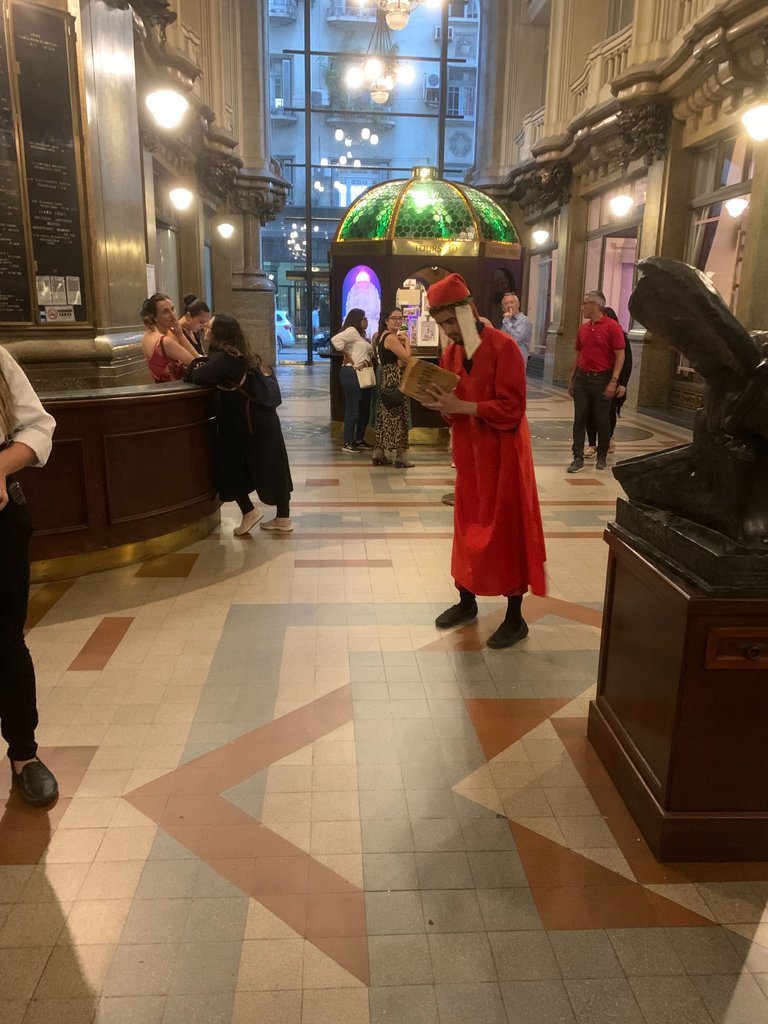
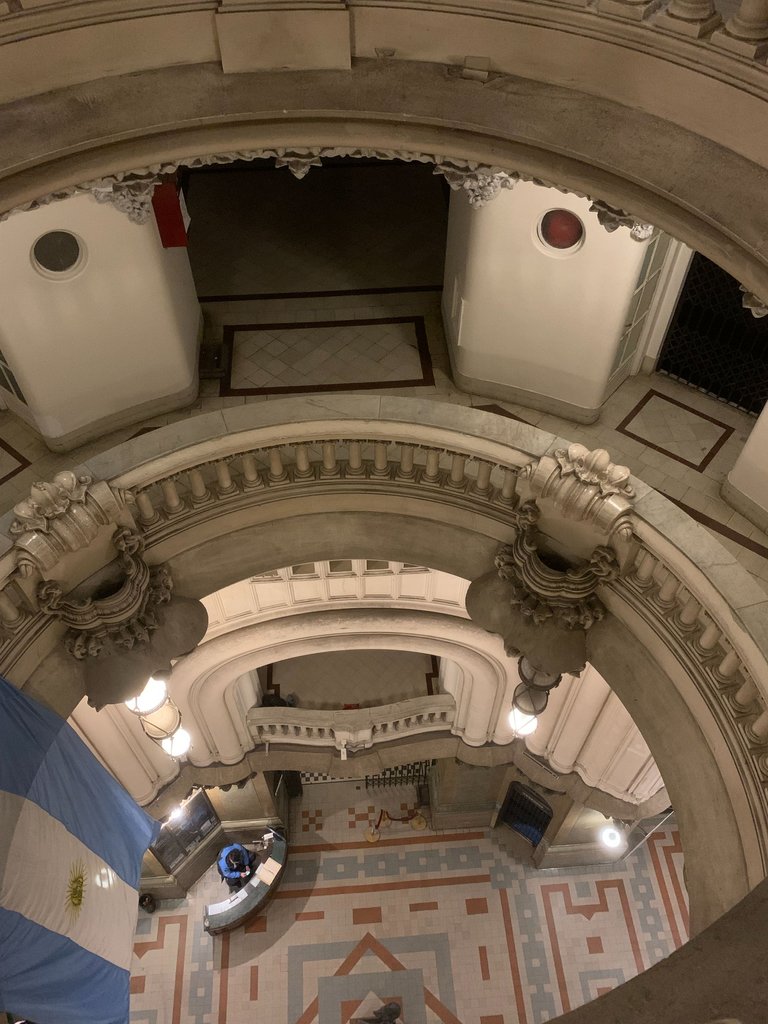
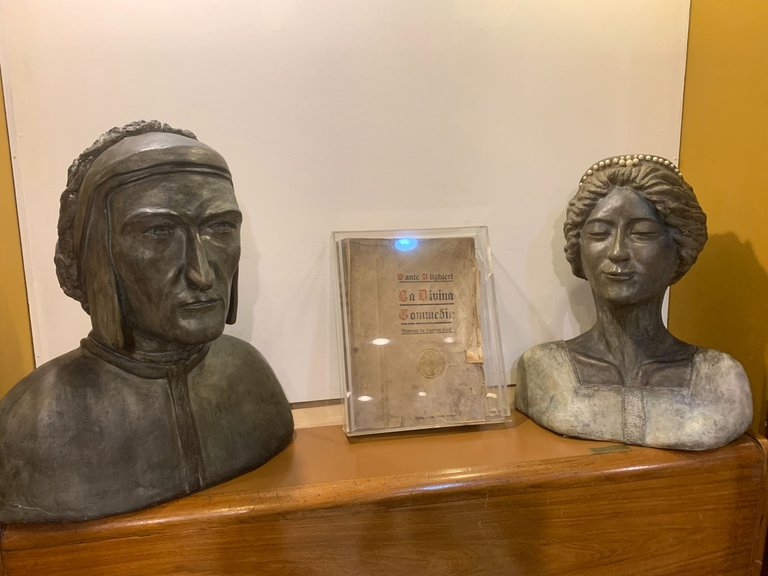
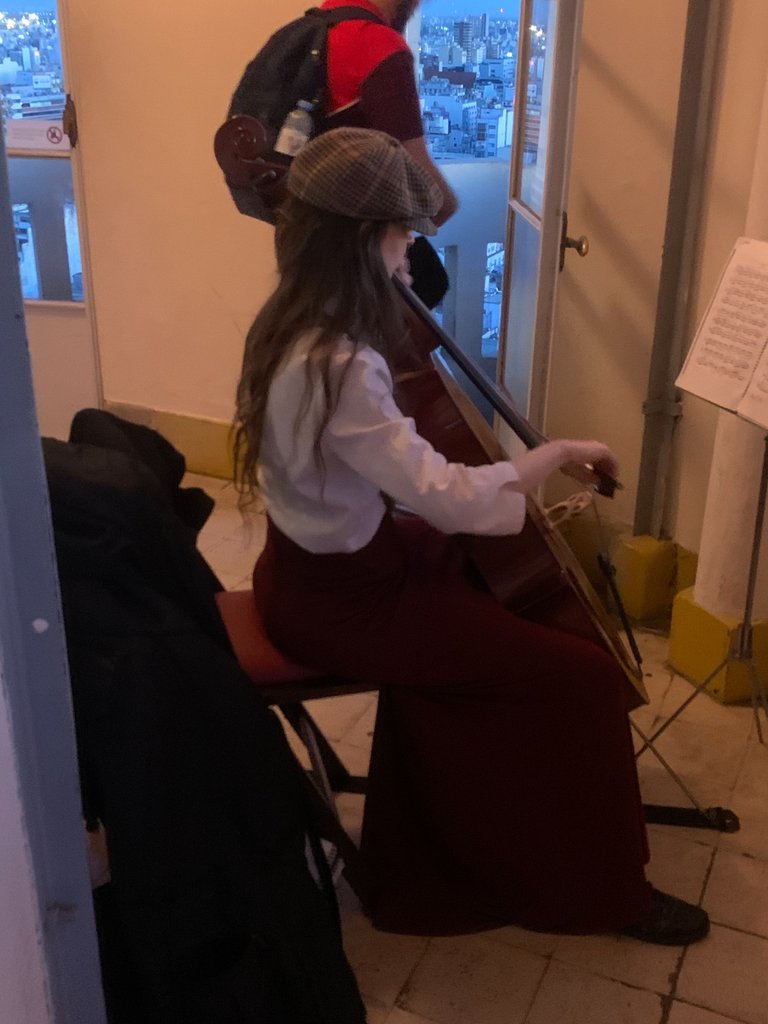
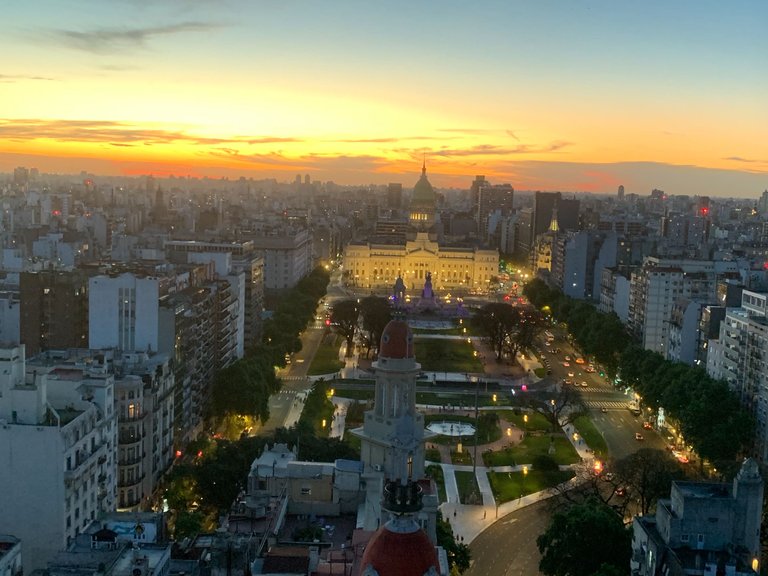
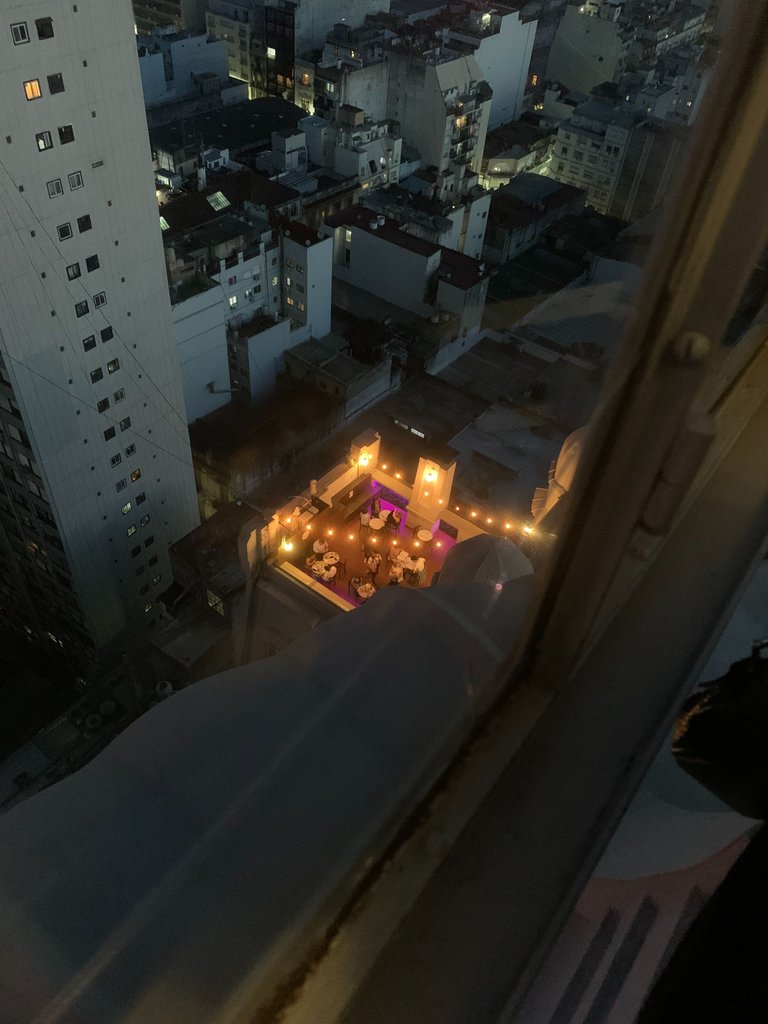
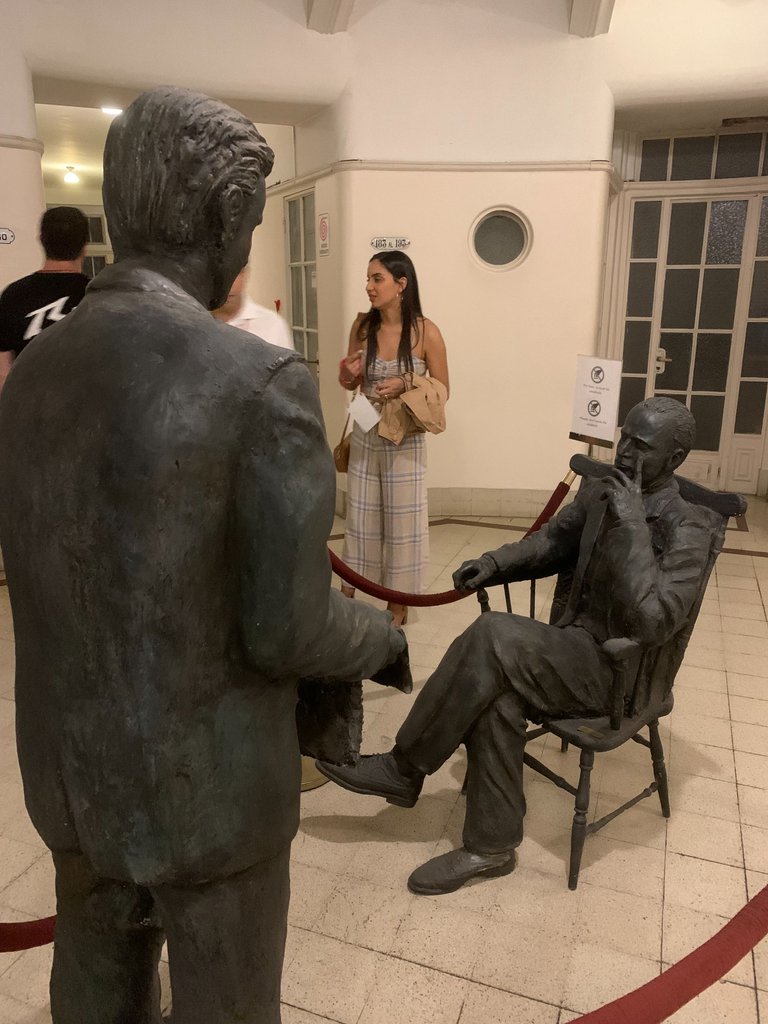
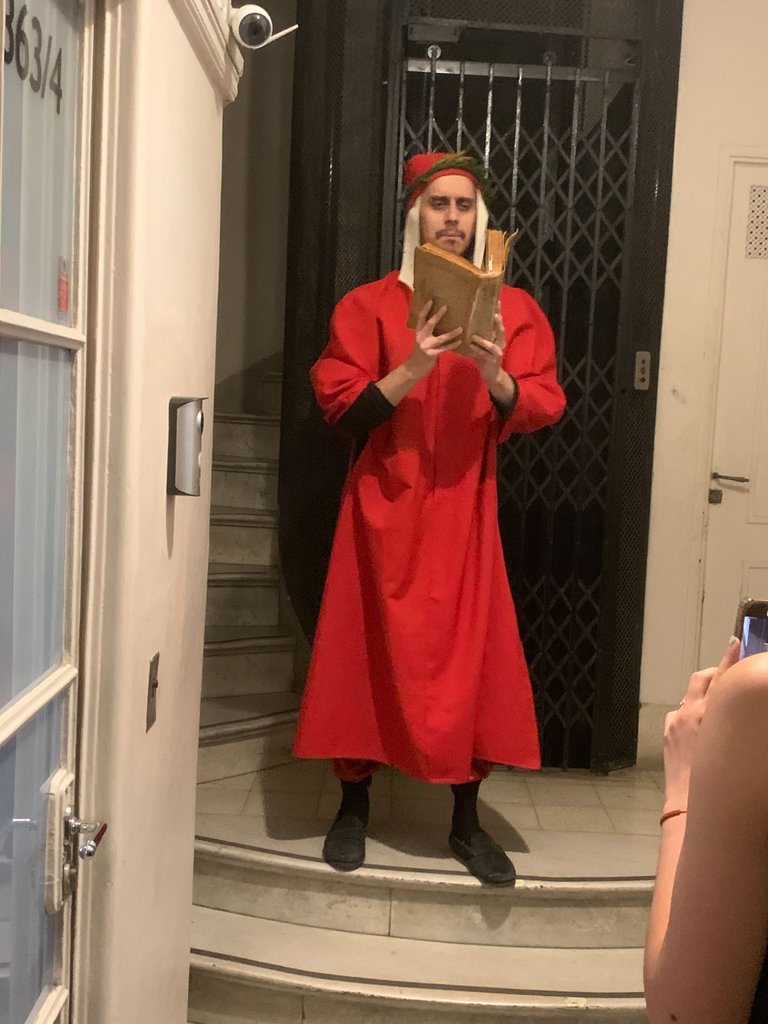
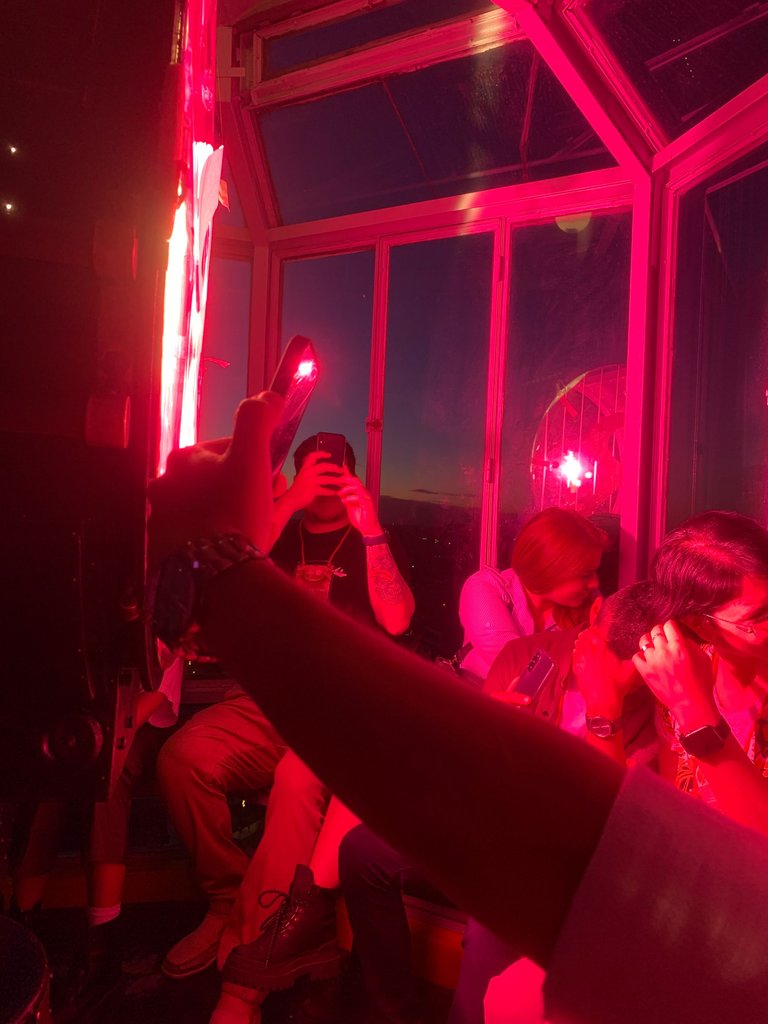
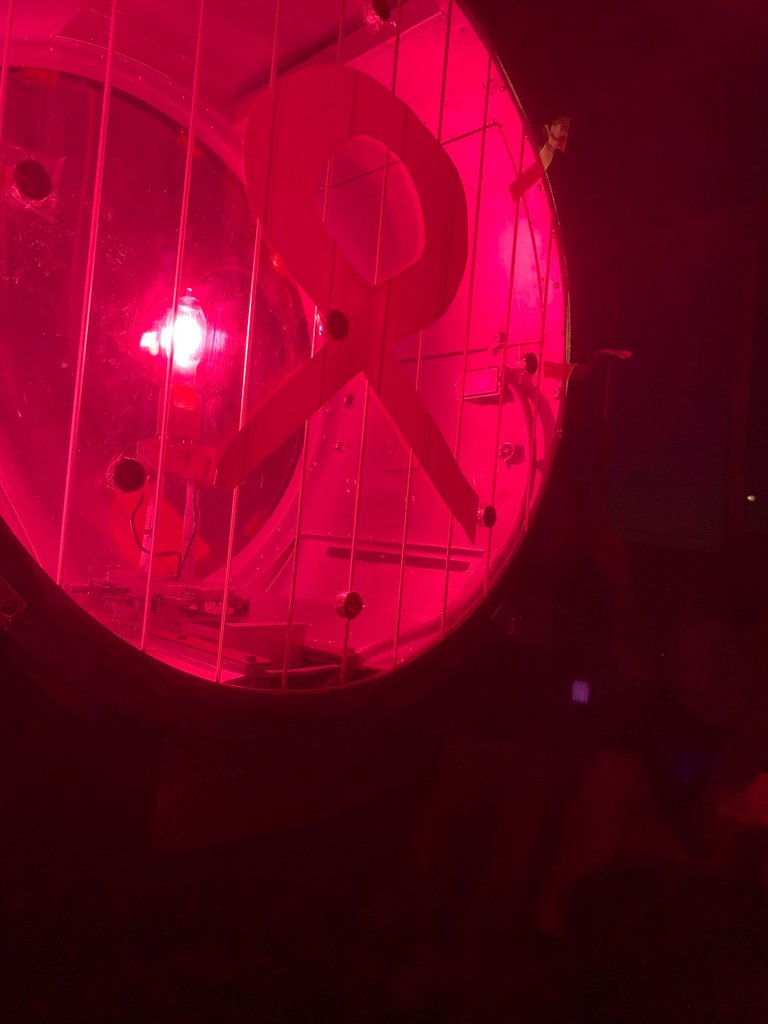
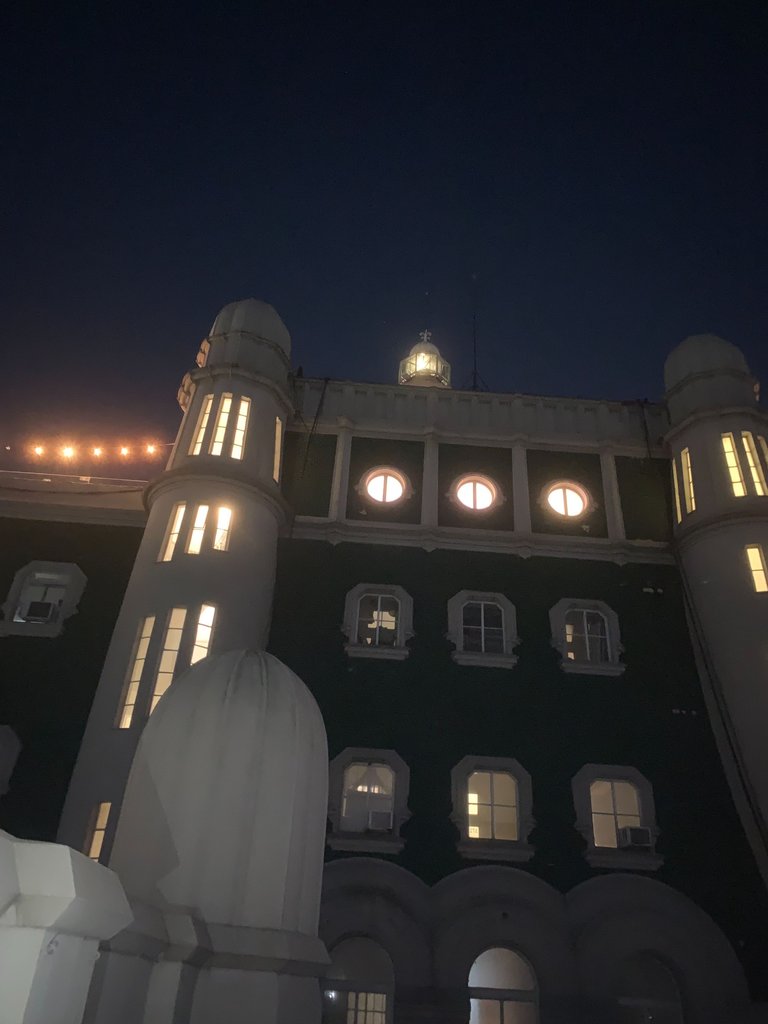
Congratulations, your post has been added to Pinmapple! 🎉🥳🍍
Did you know you have your own profile map?
And every post has their own map too!
Want to have your post on the map too?
This post has been manually curated by @steemflow from Indiaunited community. Join us on our Discord Server.
Do you know that you can earn a passive income by delegating to @indiaunited. We share more than 100 % of the curation rewards with the delegators in the form of IUC tokens. HP delegators and IUC token holders also get upto 20% additional vote weight.
Here are some handy links for delegations: 100HP, 250HP, 500HP, 1000HP.
100% of the rewards from this comment goes to the curator for their manual curation efforts. Please encourage the curator @steemflow by upvoting this comment and support the community by voting the posts made by @indiaunited.